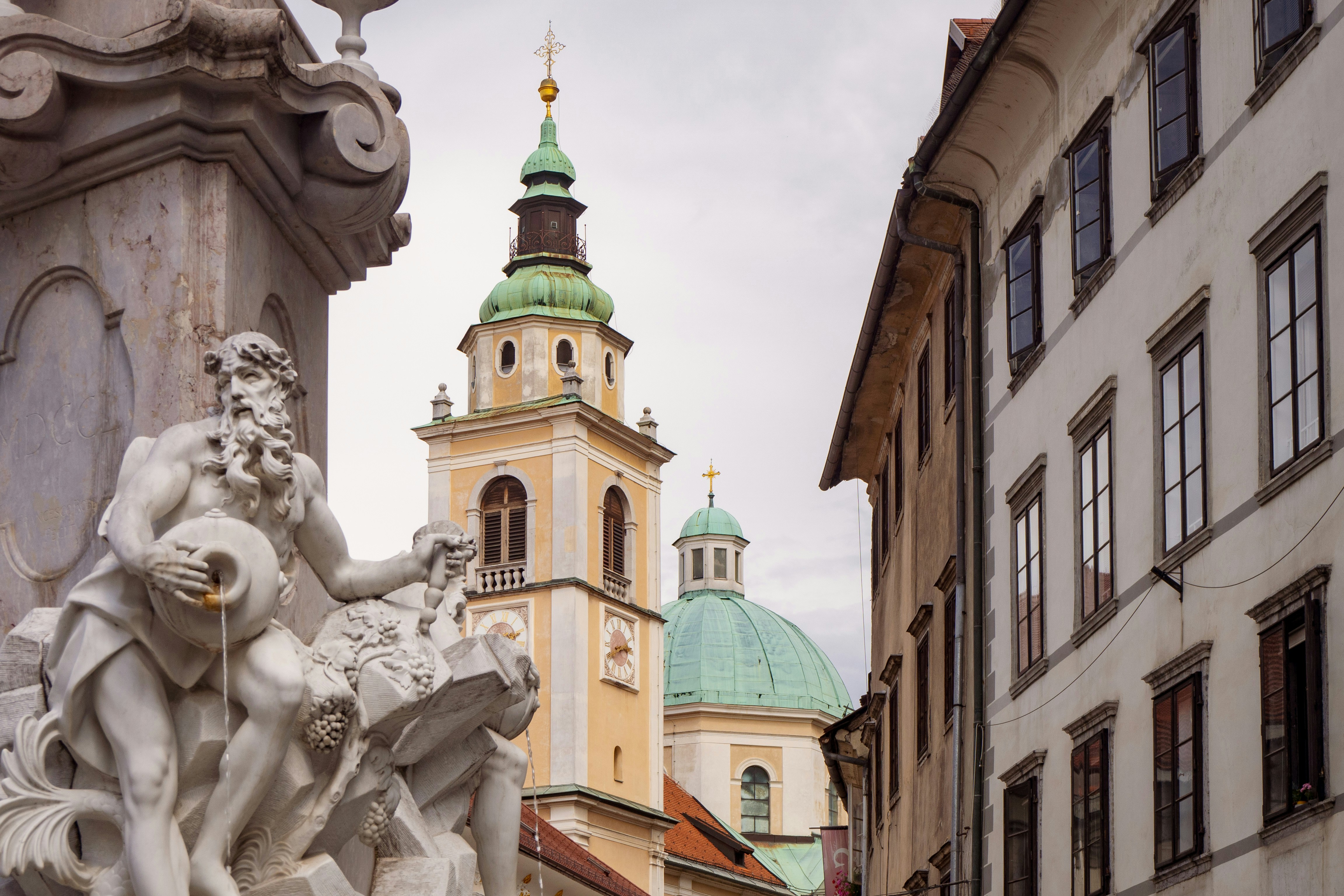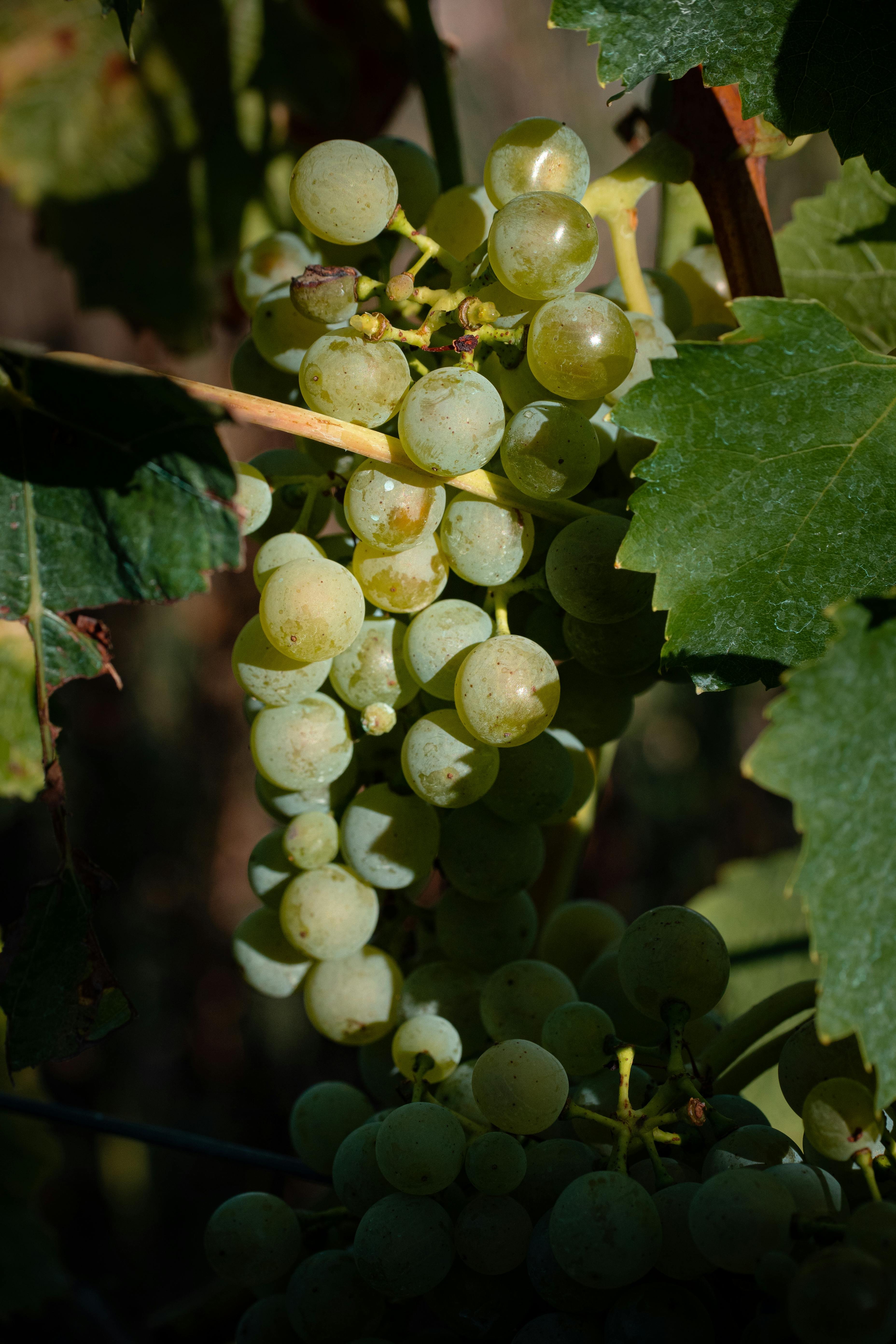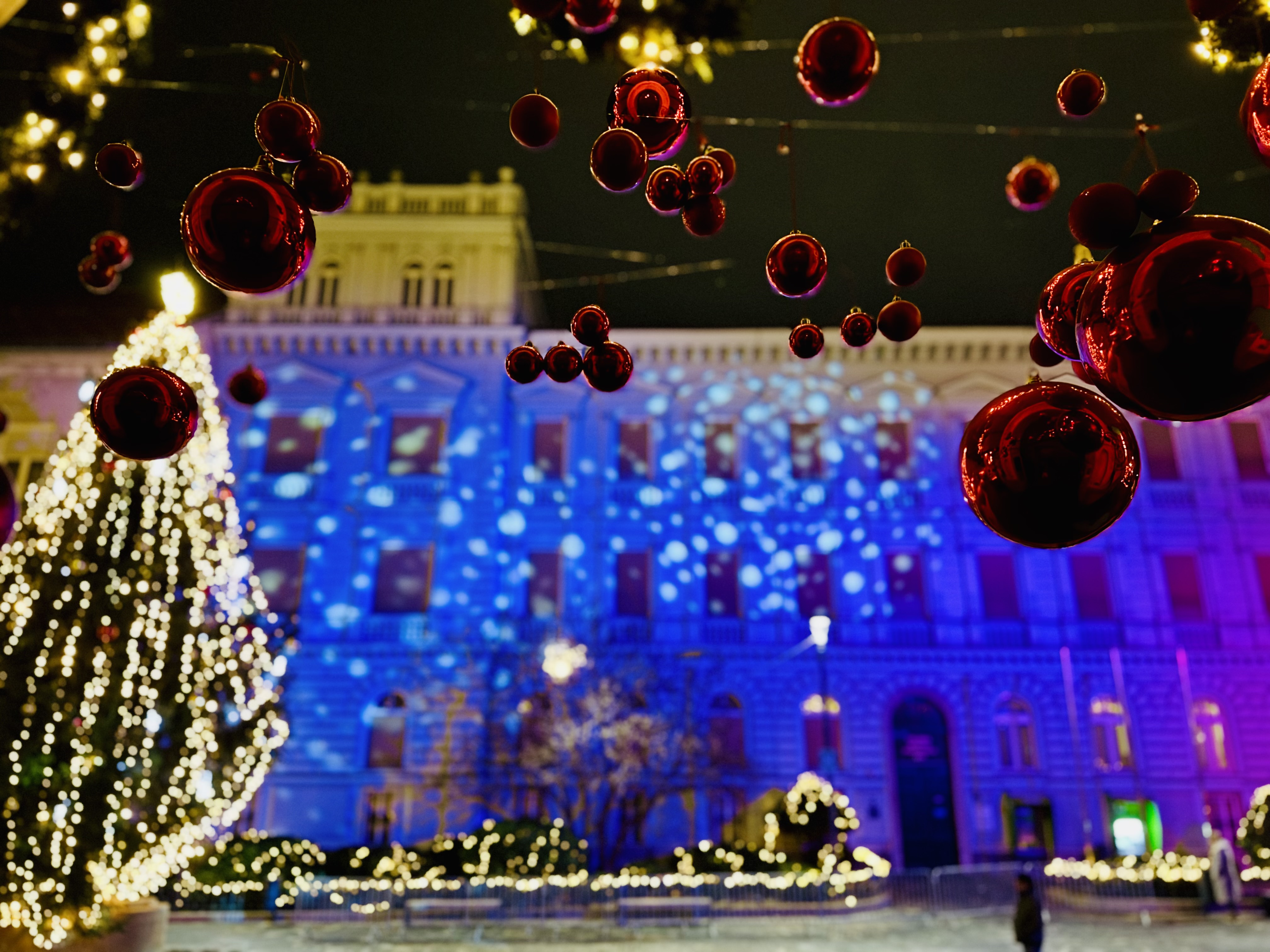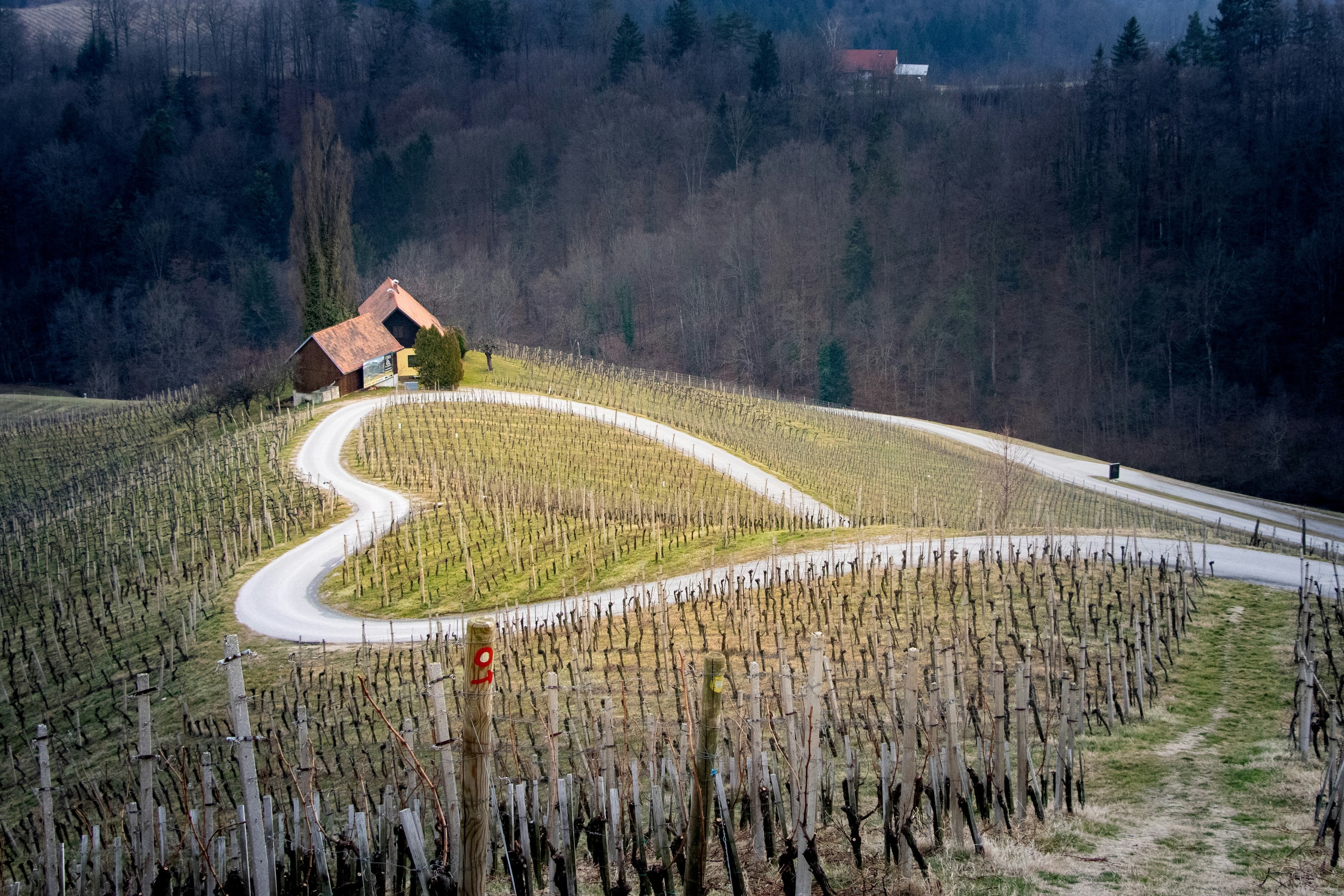Discover the Best Food Experiences in Europe’s Hidden Gem
.avif)
Located at the crossroads of ancient trade routes where the Alps, the Adriatic Sea and the Pannonian Plain meet, Slovenian cuisine is a unique blend of flavors from different cultures. With 23 different culinary regions, each bite tells a different story.
As a European Region of Gastronomy 2021, Slovenia is a true foodie's paradise. Whether you're tasting world-class wine in a charming vineyard, enjoying fresh local produce, or treating yourself to a Michelin-starred dinner, Slovenian gastronomy is a hidden treasure waiting to be discovered.
Traditional Slovenian Food & Local Specialties
Slovenian cuisine is a mix of Mediterranean, Alpine and Pannonian, providing a unique gastronomic identity. One thing is certain: Slovenian cuisine is about pure and healthy food. This is true at home as well as in most restaurants. Having a garden in Slovenia means something completely different than in the Netherlands or Belgium: it means growing your own vegetables. You see vegetable gardens surrounded by flowers everywhere, and there seems to be an unspoken competition for the title “Most Beautiful Garden in the Neighborhood”. Those who do not have their own garden get their products from the farmer or directly from the forest or the land.
Here are the Slovenian dishes you should definitely try:
Savory dishes
Slovenia is a country of traditions, and that certainly applies to the kitchen. The country's twenty-three distinctive culinary regions all have their own traditional dishes that are still popular and available at local gostilnas (restaurants).
In Idrija and the surrounding area, the Italian-style pasta idrijski žlikrofi has been an EU-protected regional product since 2010. The pasta is somewhat reminiscent of tortellini or ravioli. Idrijski žlikrofi are made from dough with potato filling. The origin of this original Slovenian pasta is said to be in the nineteenth century.
Kranjska klobasa (Carinthian sausage) has been a protected Slovenian product since 2015. The sausage, influenced by southern Germany and Austria, is smoked and consists of at least seventy-five to eighty percent pork and a maximum of twenty percent bacon.
The Slovenian golaž is a variation on the goulash of neighboring Hungary. Golaž is less spicy and often contains no bell pepper and much of the meat has been replaced by potatoes in golaž.
Not only did Italian and Austro-Hungarian rule leave their mark on Slovenian cuisine; the decades that the country was part of Yugoslavia are also evident in the kitchen. Slavic specialties such as čevapčiči sausages (essential for the barbecue) and the snack burek are here to stay.
Slovenian cuisine is fusion cuisine. Traditional dishes have many foreign influences. Litija's sausages are very popular in the Litija area because the railway was once built here by Czechs who brought their liver sausage recipes from home.
Bread & Pastries
Typically Slovenian are štruklji. These are rolls of dough with different types of filling. The filling varies by region and may include walnut, poppy seeds, cheese, and tarragon. This last filling was in the oldest known štruklji. The recipe of a chef at a manor in Graz (now Austria) was laid down in 1589. For a long time, štruklji were a treat that only came to the rich or to others on special occasions. Nowadays, however, the dough dishes are quite normal.
Prekmurska gibanca is a cake from the Prekmurje region that has conquered the entire country. The cake consists of several layers and is made of flour, poppy seeds, walnuts, apples, raisins and cottage cheese. Making prekmurska gibanca is no easy feat. The cake consists of up to ten to eleven different layers.
One of the oldest and most popular treats in Slovenia is the cake potica. The cake is rolled so that the filling is spread throughout the cake. There are dozens of variations. Walnut, poppy seeds, coffee, honey, bacon, sausage, carrot, cheese; it can all occur in potica, although walnut and poppy seed fillings are the most popular. Potica is mainly eaten during the holidays

Unique Slovenian Delicacies
Beekeeping in Slovenia: a UNESCO treasure
Beekeeping is deeply intertwined with Slovenian culture and lifestyle. With more than 12,000 active beekeepers, honey is more than just a product: it's a tradition. Slovenia is the only country in the world where beekeeping is legally recognised as part of its cultural heritage. In 2022, traditional Slovenian beekeeping was officially included on the UNESCO list of intangible cultural heritage.
Don't miss the chance to sample the famous Slovenian honey, especially at the annual Traditional Slovenian Breakfast in November.
- Tolmin cheese: A hard, PGI protected Alpine cheese, similar to Parmesan.
- Piran salt: Piran's traditional salt fields have been providing salt for over 700 years. Harvests are still harvested here in the traditional way every day.
- Jota: a soup with beans, sauerkraut, potato and bacon. It is eaten almost all over the country, but is mainly attributed to the western part of the country.
- Pumpkin seed oil from van Štajerska and Prekmurje: this oil has been made from roasted seeds since at least the eighteenth century.
Typical Slovenian culinary products are available in many places; at one of the many markets, at farms and sometimes just in people's homes.
Food Markets & Culinary Events
- Open Kitchen (Ljubljana): Every Friday (spring - autumn), chefs serve fresh dishes from all over Slovenia.
- Restaurant week: twice a year, top restaurants offer special tasting menus at a discounted rate.
- Brda Wine Festival, Open Cellar Days. The Open Cellar Days in Brda are a treat for wine lovers and offer a unique opportunity to discover the rich wine history of this Slovenian region. This event, which brings together big and small winemakers, usually takes place on the third weekend of June.




